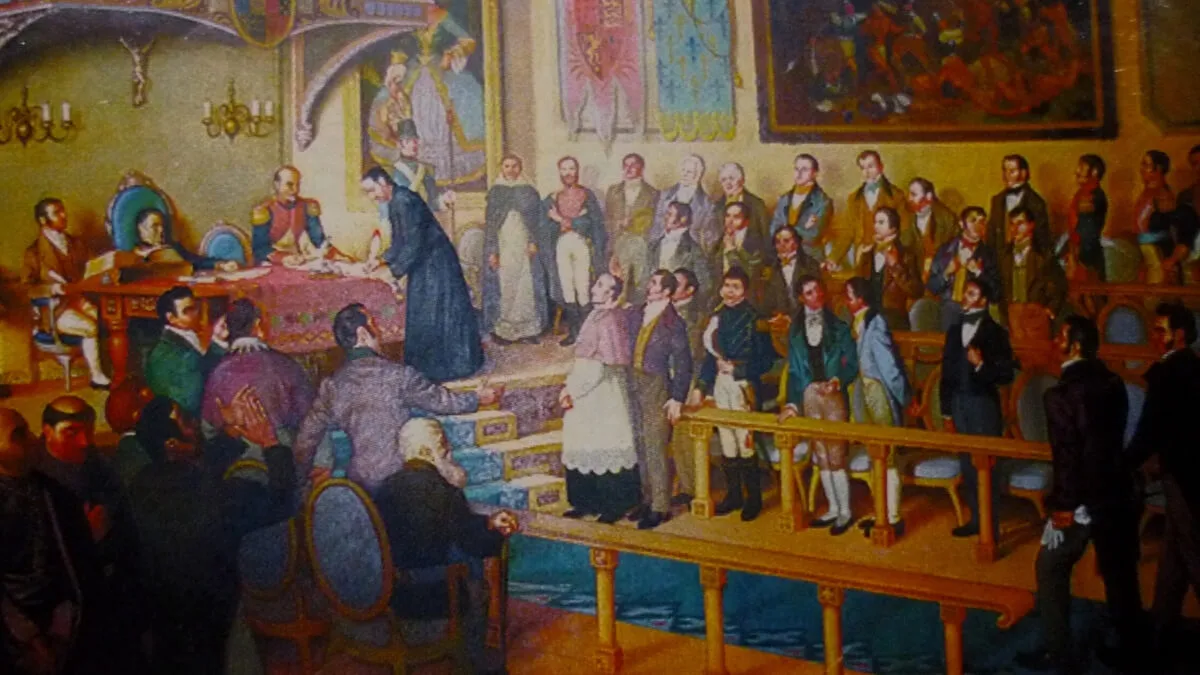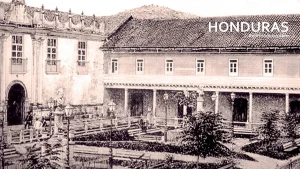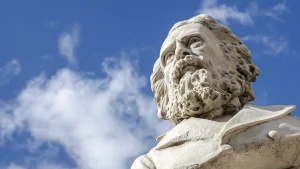History of the Honduran Declaration of Independence

For nearly three centuries, Honduras was part of the Captaincy General of Guatemala, so its independence revolved around pro-independence events in the other provinces. After the occupation of Spain by the French, the first acts of insurrection in favor of the independence of Central America took place in Nicaragua, El Salvador and Guatemala (1811-1813). In Honduras, the Spanish resorted to perpetuity in power with the purpose of stifling the independence cause.

First Precursor Movements of Independence
In San Salvador on November 5, 1811, a movement erupted against the colonial authorities led by Fray Matías Delgado, General Manuel José Arce, Priest Nicolás Aguilar, and his brothers Vicente and Manuel. The rebellion did not succeed as the captain general at that time, José de Bustamante y Guerra, upon learning about it, sent a commission to appease the rebels, which they achieved. Thus, the first attempt at independence failed.
On December 13, 1811, another movement took place, this time in León, Province of Nicaragua, to overthrow Brigadier José Salvado, who had governed the province for 18 years. This rebellion was led by Guatemalan friar Felipe Michelena. To prevent bloodshed, Brigadier Salvado resigned and handed over his position to Bishop Nicolás García Jerez.
In Nicaragua, several independence movements occurred, demanding the removal of Spanish officials, but they did not yield good results. The leaders of these uprisings were imprisoned and sent to Guatemala. Many of them were sentenced to death, but it is claimed that the sentence was not carried out and instead commuted to life imprisonment.
Conspiracy of Belén in 1813
In the province of Guatemala, there were also men who contemplated independence and held meetings at the Convent of Belén, currently known as the Instituto de Señoritas Belén in Zone 1. This movement, known as the Conspiracy of Belén, was presided over by Fray Juan de la Concepción and attended by Tomás Ruiz, Manuel Julián Ibarra, José Francisco Barrundia, Manuel Tot, Friar Victor Castillo, and several officers.
In these meetings, it had been arranged that at the sound of a rocket on Christmas Eve at midnight, they would seize Bustamante, whom they would send to Spain along with those who did not join the plot. They would also free the prisoners in Nicaragua, seize the weapons and money from the royal coffers, and declare independence. Unfortunately, the conspiracy never went beyond the planning stage, as on December 21, 1813, one of the conspirators betrayed the plot and informed the authorities. Bustamante pursued the patriots and imprisoned many of them.
The Session of September 15, 1821
Two days before September 15, a courier arrived in Guatemala from Tuxtla, Comitán, Ciudad Real, and Chiapas, carrying copies of the acts by which these towns joined the Plan of Iguala. The Plan of Iguala, or the Plan of the Three Guarantees, was the plan that sealed the independence of Mexico, which had begun in 1810. In those documents, they incited the other provinces of the Kingdom to declare their independence as they had already done. Brigadier Gabino Gaínza convened the civil, military, and ecclesiastical authorities that same evening to attend a session that would take place on September 15; important matters for the colony would be discussed.
The meeting began promptly. The atmosphere was tense due to the significance of the issues to be discussed and resolved. The meeting was held in public at the Royal Palace. There were around 50 people in the room, but more and more people gathered in the anteroom, corridor, courtyard, outer porches, and the square itself.
During the rainy night before, they went to the neighborhoods to invite the residents. At first, the attendance was not very large, so Basilio Porras and Dolores Bedoya de Molina tried to gather more people. They played music in the square and set off fireworks to attract the attention of the people.
First, the documents from Chiapas were read, and then the opinions of those present were heard. It was noted that there were different points of view, as some wanted to proclaim independence while others wanted to delay it. The crowd listening to these opinions applauded excitedly and shouted, demanding an immediate declaration of independence.
Finally, around eleven o’clock in the morning, it was agreed to draft the Act of Independence through which Central America would separate from Spain. The drafter of the document was Lic. José Cecilio del Valle.
Subsequent Movements towards True Independence
The euphoria of independence lasted very briefly, as in January 1822, at the initiative of the conservatives and Emperor Agustín de Iturbide, the United Provinces of Central America joined the Mexican Empire. However, this union lasted only until the fall of Iturbide himself in March 1823.
In March 1824, a congress was convened in Guatemala, and the Federal Republic of Central America was established, composed of Guatemala, Honduras, El Salvador, Nicaragua, and Costa Rica. The new Republic had a short existence, and after several civil wars, the Union dissolved on October 26, 1838, and the five states of the Republic became five independent states.
Some of the Central American states attempted several times to reconstitute the Federal Republic of Central America. But these attempts failed and cost the lives of several of their initiators. A final attempt was made under the influence of Dr. Policarpo Bonilla, President of Honduras, a treaty was signed with Nicaragua and El Salvador, in which the three republics formed a federation under the name of the Greater Republic of Central America.
The three republics became states, and the sovereignty of the federation rested with a Diet composed of three members, one for each state, which was to meet annually in the capital of the federal states. At the invitation of this Diet, the three states appointed a delegation that convened as a Constituent Assembly in Managua and established a Constitution, under the terms of which the three states took the name United States of Central America on November 1, 1898.
This Constitution… which in the minds of those who had formed it meant a consolidation of the three federal states and a prompt reorganization of the great Republic of Central America envisioned by Francisco Morazán, had a sad end. The day after the Constituent Assembly had convened, a revolutionary movement hostile to the new federation took place in San Salvador, which resulted in a new administration in this state. Its first step was to withdraw from the Union, and this separation led to the dissolution of the United States of Central America, as following the example of El Salvador, the states of Honduras and Nicaragua resumed their sovereignty.




